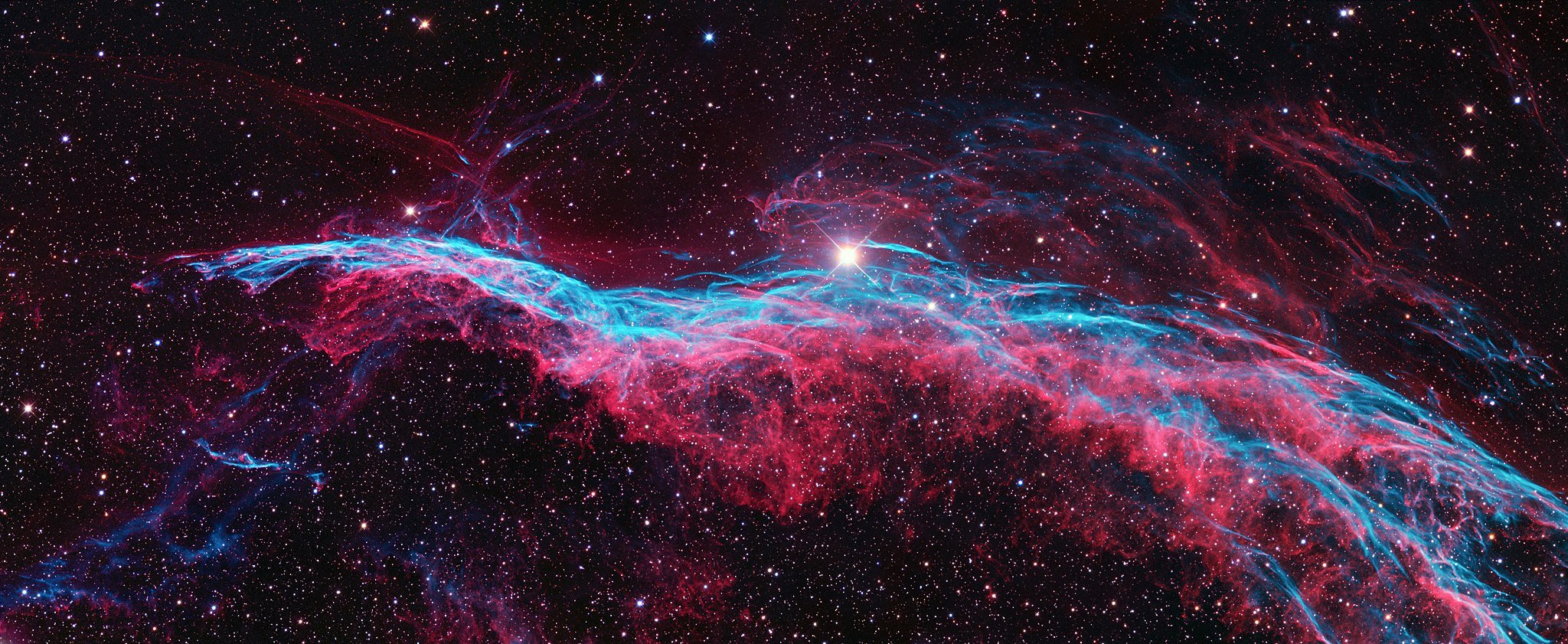
The Night Sky and You v. 13

By: Dawn Davies, Public Advocacy Volunteer
IDA Public Advocacy Volunteer and amateur astronomer, Dawn Davies, shares the hidden wonders of the night sky to engage our sense of wonder and inspire exploration of the night.
Our night sky is filled with an infinite number of stars. The arrangements of these spinning balls of gas tell the stories of our various cultures and myths. Some patterns form structures or depict battles, while other constellations represent people and creatures. A few of these shapes are like great birds in the sky, visible all around the earth.
What You’ll Need
- A compass, or basic navigational orientation
- Access to the outdoors
- Binoculars or a telescope (optional)
Best Time to View
- One to two hours after sunset
What You’ll See
Constellations1
Stellar Phenomena
Grus Quartet, 47 Tucanae, North American Nebula, Veil Nebula, Wild Duck Cluster
Grus and Tucana, the crane and toucan of the sky, are prominent in the southeast sky of the southern hemisphere. Eight stars make up the long legged Gruidae, bordered by a series of constellations and other birds. The constellation was identified by Dutch astronomer Petrus Plancius in the 1500s.2 The triangle created by stars Al Na’ir, Beta Gruis, and Delta Gruis form the wing of the crane, while a series of stars form the length of the bird from head to tail. Gamma Gruis, also referred to as Al Dhanab, and Zeta Gruis cap the top and bottom (though I will leave it up to you to decide which is which).
While all stars of Grus are visible to the naked eye, there are significant deep-sky objects within that require slightly higher-powered optics. Nesting along the body of the crane (just off of Lambda Gruis) is IC5148, also known as the Spare-tyre nebula. Another popular feature of this constellation is known as the Grus Quartet. NGCs 7552, 7590, 7599, and 7582 lie northeast of Theta Gruis and are all variations on spiral galaxies. To see these faint objects, escape light polluted skies for a darker environment and use a pair of binoculars or a telescope.
To the west of Grus is Tucana, tropical bird of the southern skies. Though it is rather irregular in its conception, Alpha and Gamma Tucanae make the long beak. Beta, Zeta and Epsilon Tucanae compose a wing along the side, as if held tightly against the body.3 Tucana is also home to a series of exoplanets. While simple in observation, this collection of stars holds 47 Tucanae, the second brightest globular cluster in the night sky; named after famed Omega Centauri, this aspect of the collection can be seen with the unaided eye. Look for it just below the wing and off from the Small Magellanic Cloud.
Though not visible until much later in the night, Pavo (peacock) and Phoenix are two other avian features of the night sky that compose the winged quartet known as the southern birds.
Making our way up into the northern hemisphere, we can see Cygnus and Aquila, neighboring birds that grace the summer sky and also make up the Summer Triangle asterism. Cygnus is the swan diving through the sky with wings outstretched towards Draco and Pegasus, flying into the center of the Milky Way. Deneb, one of the three stars that makes up the triangle, is the head of the swan with the double star Albireo at its tail. It houses a great many deep sky objects, most notably the Veil Nebula, which is a large super nova remnant, and the North American Nebula.4 Similar to 47 Tucanae, this nebula is visible unaided in dark-sky conditions and just west of Deneb.
Skirting the sky towards our next summer triangle star we meet Altair, the head of Aquila, the eagle. It too has its wings outstretched; however, in this case they are towards Hercules and Aquarius, appearing to follow its neighbor Cygnus. Both constellations are half in and half out of the Milky Way, making it a challenge to find certain objects as they mingle with our galactic arms. It is best to observe these two birds in the darkest skies to get the full immersive experience. Though smaller than its counterpart, Aquila holds a great many deep sky objects, including many planetary nebulae, clusters, and M11, also known as the Wild Duck Cluster.5 It sits just off the tail, near Lambda Aquilae, and is known for being one of the densest clusters in the night sky. It gets its name from the triangle shape it forms, resembling a flying group of birds.
We strive to protect these constellations, and dark skies, from disappearing into the light polluted night. It is equally important to protect the live birds of our sky from threatening luminosity. Many birds use the stars to navigate and migrate, and their natural habits are hindered when our unnatural light obscures their vision. Learn more about better lighting practices on our website and help us to protect all the avian in our sky.
1 Sinnott, R. & Fienberg, R. Sky and Telescope Magazine/International Astronomical Union. Retrieved from https://www.iau.org/public/themes/constellations/
2 Grus (constellation). Wikipedia. Retrieved July 25, 2017, https://en.wikipedia.org/wiki/Grus_(constellation)
3 Tucana. Wikipedia. Retrieved July 25, 2017, https://en.wikipedia.org/wiki/Tucana
4 Cygnus. Wikipedia. Retrieved July 25, 2017, https://en.wikipedia.org/wiki/Cygnus
5 Aquila (constellation). Wikipedia. Retrieved July 25, 2017, https://en.wikipedia.org/wiki/Aquila_(constellation)



















